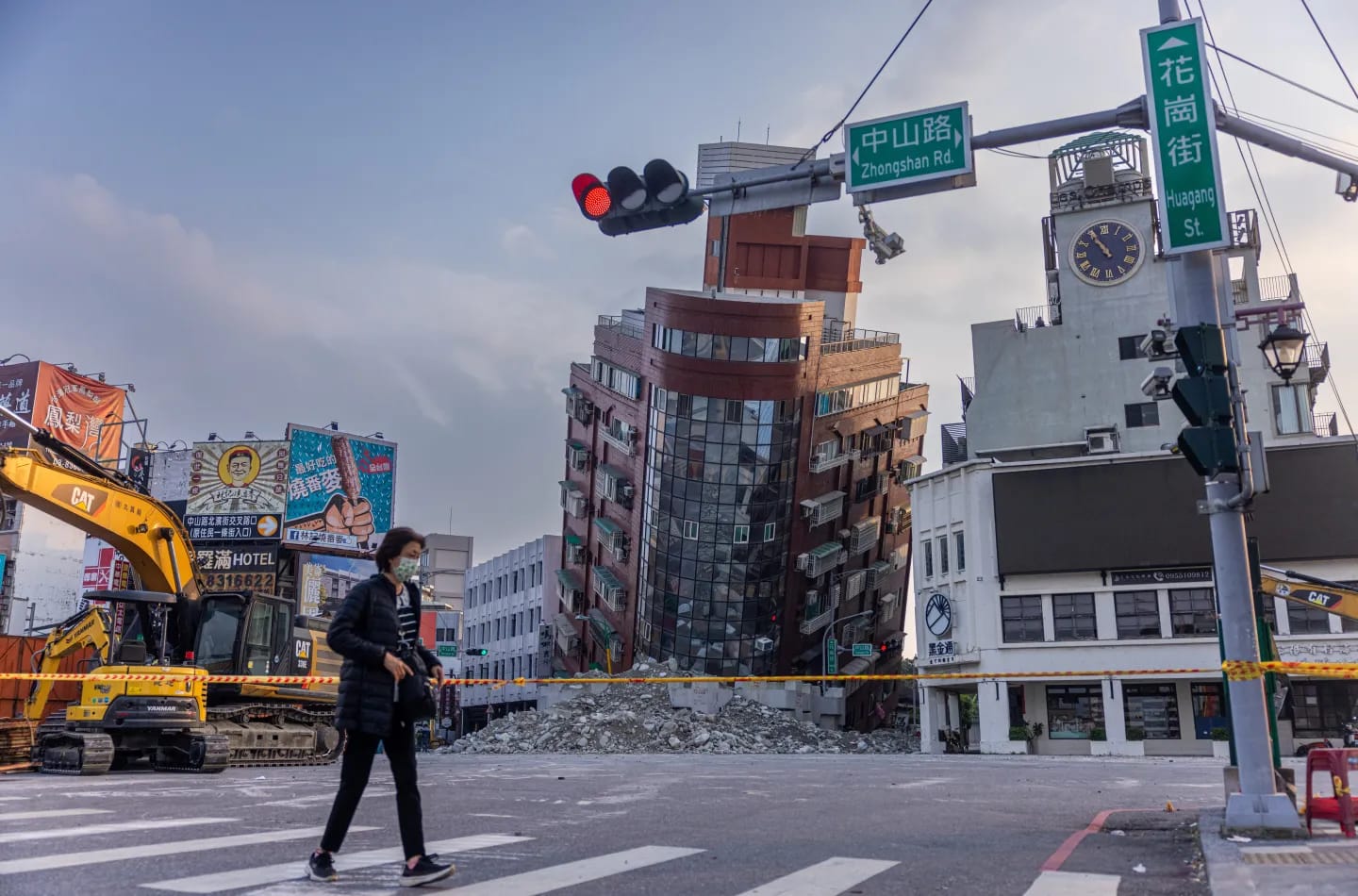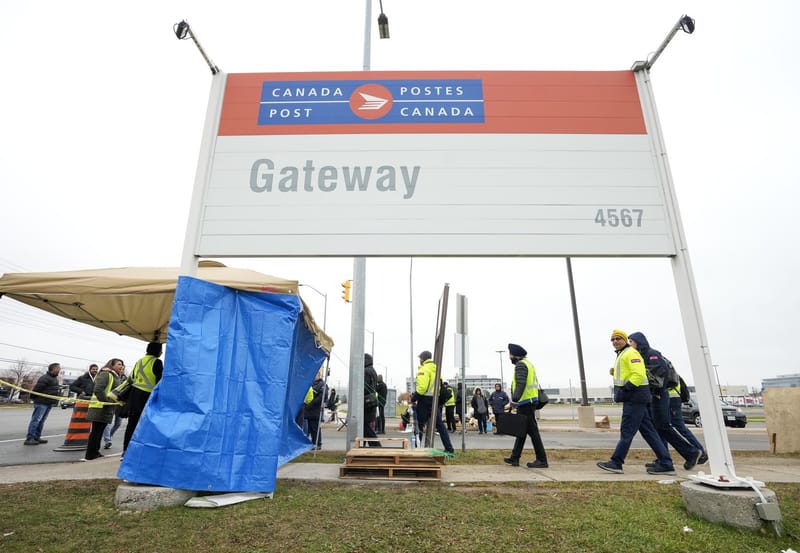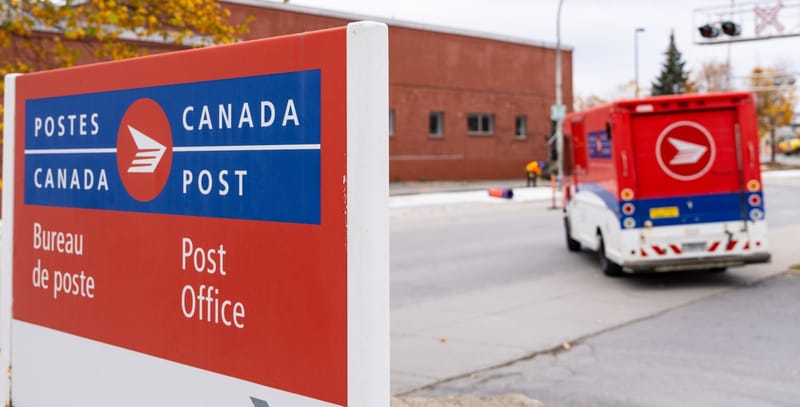If The Really Big One happens while you're on vacation, what would you do?
Now look, the odds that you’re vacationing in a spot where an anticipated natural disaster finally happens are very low. But as the climate of the planet changes, disaster patterns are shifting and are occurring in unprecedented locations.

This story was originally published by Vox and appears here as part of the Climate Desk collaboration
Earlier this year, projections from UN Tourism put international travel on track to recover to pre-pandemic levels — putting a swell of tourism on a collision course with the increasing danger of climate disasters, from wildfires ripping through Greece to megaquake warnings in southern Japan.
While peak tourism season is mostly behind us, off-season travel is swelling, which may or may not be evidence of a backlash against the “summer industrial complex.” Volatility is in the air, as well as, apparently, the ground, seas, and forests.
Plus, some extreme weather patterns, like the Atlantic hurricane season, are just kicking off.
And 2024 isn’t an anomaly (at least, in terms of climate patterns). Last winter, a 7.8 earthquake in Turkey and Syria leveled over 6,000 buildings and killed thousands.
In the spring, a half-year’s worth of rain in Italy’s Emilia Romagna region led to floods, canceled a Formula One Grand Prix, and killed 17 people.
In the final dregs of summer, devastating wildfires closed the beaches of Hawaii and displaced thousands of locals in Maui.
And then there’s all that lies in wait, like the “Really Big One,” a projected earthquake reaching up to a 9.2 on the Richter scale and subsequent 700-mile seismic wave that will, on some unknown day, devastate North America’s West Coast.
Or that Nankai Trough Megaquake that southern Japan braced for earlier this month, now projected to kill 230,000 people whenever it strikes.
Now look, the odds that you’re vacationing in a spot where an anticipated natural disaster finally happens are very low. But as the climate of the planet changes, disaster patterns are shifting and are occurring in unprecedented locations.
Even traveling to places that have been historically mellow, at least in terms of climate, still doesn’t guarantee a smooth ride. Tornado Alley — the oval-shaped epicenter of tornado formations in the US stretching from northeastern Texas to western Missouri — is traveling eastward, spreading concentrated storms to new places. And hail, I kid you not, is getting bigger.
And if your travels aren’t thwarted by a long-awaited supervolcanic eruption, even a modest thunderstorm, particularly in drought-stricken areas where the soil can’t absorb new moisture, can still cause flash flooding by your hotel and throw a wrench in your plans.
(Moab, Utah, home of a popular hiking spot called the Morning Glory Arch, saw extraordinary flooding earlier this year during peak season.)
That said, this doesn’t all mean that disasters themselves are on the rise. Despite very high-profile organizations repeating the claim that the rate of natural disasters has quadrupled — or more — in the last 50 years, the nonprofit Our World in Data finds that it’s actually unclear whether that’s just a byproduct of better technology enabling more reporting of disasters, or reflects a real increase in catastrophes.
In fact, disaster deaths per capita have actually been on a steep decline in recent decades, thanks to improved infrastructure, early warning systems, and more adeptly coordinated responses.
But regardless of the overall rate or deadliness of natural disasters, climate change is pushing those that do occur to their extremes. A warmer climate is an increasingly unpredictable one, and the planet is on a 14-month streak of setting record-high temperatures. More disruptive heat waves, wildfires, flooding, droughts, tropical cyclones (the world is just now moving into the upswing of the Atlantic hurricane season, which is projected to be one of the most intense on record), and landslides are all in the forecast.
“We’ve seen with climate change that severe weather threats, including extreme heat, are happening outside of the time of year and places that people typically associate with these extreme weather events,” said Jon Porter, weather forecasting company AccuWeather’s chief meteorologist. “Do not be lulled into any false sense of security.”
So unless you have an in at a billionaire’s bunker to shield you from unexpected climate surprises along your journey, here’s how to be a bit more prepared for travel and learn to navigate a more unpredictable, disaster-prone world.
Before you travel, consider planning for chaos
I’ve been fortunate to do a fair bit of travel in my lifetime, and whether going to Southeast Asia or Latin America, my natural disaster preparation has generally held steady: pay it no mind, travel anyway, and leave my fate up to the gods.

But, like many others, I’m starting to lose faith in that strategy. So I went looking to see how more prudent travelers might handle things. I expected to find a bunch of totally reasonable steps that I nevertheless couldn’t actually imagine myself doing. I’m stubborn, after all. But it turns out, there’s a number of pretty simple things a traveler can do to help lower the odds of getting caught unprepared during a disaster. I’m learning that the beginning of wisdom, at least when it comes to travel, might be something like downloading the Federal Emergency Management Agency’s (FEMA) app.
Just like getting some Duolingo in to polish your Spanish before heading to Spain, you might browse some basic hurricane protective strategies before heading to Puerto Rico. Or peruse this earthquake preparedness guide before going anywhere near the Pacific Northwest. FEMA’s app bills itself as “your personalized disaster resource,” which rings pretty dystopian. But easy access to FEMA’s disaster resources — from real-time emergency alerts to help finding nearby shelter during a rushed evacuation — can help prevent a bad situation from getting worse. Although it’s a US agency, FEMA has resources for global travel, too.
When planning a trip, you could pop open the Global Disaster Alert and Coordination System, a joint project between the United Nations (UN) and European Commission that shows real-time global disaster alerts from the past four days on a handy map. In addition to not literally traveling into an active disaster, knowing the seasons and usual suspects of your destination can help you decide which among the FEMA app’s preparation guides you might skim beforehand.
Once you know where you want to go, you could even enroll in the State Department’s Smart Traveler Enrollment Program, a free service that registers your trip with the nearest US embassy to your destination. They’ll keep you updated with safety alerts in your destination country, and help the US embassy contact you if a natural disaster strikes while you’re there.
The usuals of travel obviously still apply, like sending your itinerary to family or close friends, or making copies of important documents like your passport. But as extreme weather spreads to places that aren’t accustomed to it (like Vermont, which just experienced a magnitude of destructive rainfall that is expected only once in every 1,000 years), some unusual steps might also be helpful. For example, you might look for social media accounts of local organizations that provide emergency alerts, so that you aren’t reliant on official communication channels that may not be prepared to get information out fast. Or, if you really want to hedge your bets, you can travel with a satellite phone so that you don’t lose the ability to communicate even if the area you’re in does.
In addition, FEMA recommends adding an emergency kit to your packing list, with things like nonperishable food, first aid kits, flashlights, power banks for your phones, and flares. Ready.gov, a public service campaign that helps Americans prepare for and respond to disasters, also has a sample family emergency communication plan you can have everyone in your party fill out before traveling. That way, if you do get separated or cut off from communication, everyone has contact numbers, emergency meeting places, and medical information on hand.
But there’s a limit to the kinds of things you can really plan ahead for. The varieties of disaster may never cease to surprise us, like Boston’s Great Molasses Flood of 1919.
If you happen to be a tourist during a disaster
All right, so what if you actually are hanging out on Vancouver Island when the Really Big One does rumble and splash across the Pacific Northwest? What if you were traveling through the state of Rio Grande do Sul in southern Brazil when flooding killed over 100 people in May, forced 160,000 more from their homes, and effectively shut down a city of 4 million people?
Some rules of thumb: If you aren’t literally caught in the middle of what’s going on, try to assess the situation before springing into action. If you’re staying with a hotel, they’re usually in touch with local authorities, and are a good source of information. “It’s important to listen to local and state officials,” said Jaclyn Rothenberg, FEMA public affairs director. “Carefully monitor local radio, television, social media, and other local sources for updates.”
The US Bureau of Consular Affairs website advises, shockingly, that “the best time to leave a country is before a crisis.” In this specific scenario, that’s hard to know. The US government’s main commitment is to keep citizens informed of both safety developments and travel options — only in limited circumstances will they actually help evacuate citizens. Specifically, if there are no commercial transport options, and consular officers are nearby, and conditions permit, then the government may help identify and/or arrange transport.
But keep in mind that if you do wind up in a US government-assisted evacuation, it won’t foot the bill. If you don’t have money on hand, you’ll have to sign a form promising the government you’ll pay it back before getting on the transport. Just imagine; there could be a tsunami rushing around your dwindling plot of high land while you’re stuck in a line to get on the escape bus as each American fills out the IOU paperwork. I doubt — I hope — that’s not how it plays out in practice. But when you’re dealing with bureaucracies, you never know. Also, pets are not allowed on the transport (but service animals are).
Let’s say things happened too fast, and you’re still on the ground when disaster sets in. If you’re facing flooding or a tsunami, seek out high ground. If it’s an earthquake, get away from buildings, the collapse of which kills far more people than the actual quake itself. During wildfires or volcanic eruptions, make plans to evacuate, and cover your mouth and nose if the air is already thick with ash (N95 masks certified by the National Institute for Occupational Safety and Health are best, and make a good addition to your travel packing list).
Travel insurance can add another layer of protection — though it can nudge up the overall cost of your trip. Policies usually cost between 4 and 10 percent of your trip’s price, but they often have an emergency assistance number you can call. They can help refer you to local medical providers, make emergency travel arrangements, or even get you emergency cash to get out. If you go this route, take care to check whether disaster-related expenses are included in your policy.
If phone lines are down and communication is cut off once you’ve found immediate safety, one of the most common recommendations across government agencies is to take to social media. Post that you’re all right, saving your family the trouble of waiting on the State Department’s hotline to make sure you’re okay.
The economics, and ethics, of disaster travel
So, you made it home. But let’s say the first-hand brush with disaster, and seeing the havoc it can wreak, particularly on less developed areas with fewer resources which will disproportionately shoulder the brunt of climate change’s extreme weather upticks, left you unsettled. What can you do to help?
At an institutional level, economic development can help make communities more resilient in the face of disaster. A powerful way to soften the impact of an extremifying climate is, for example, to reduce poverty.
The UN’s 2019 Human Development Report looked at this relationship more broadly, using their Human Development Index (HDI) that measures a combination of health, education, and standard of living. They found that from 1980 to 2017, natural disasters led to a 0.5 percent annual drop in the HDI of developed countries, but a larger 1.2 percent drop for countries with fewer resources.
The world has excelled in many measures of development and progress through recent centuries (while others are backsliding). But zooming into more recent times, progress on things like the UN’s Sustainable Development Goals that would raise HDI — like ending global poverty, or abolishing hunger and improving nutrition worldwide — is slowing to a crawl.
But neither you nor I can end global poverty or cut emissions worldwide on our own (though individual choices can still influence structural problems). One strategy is to consider how visitor presence and tourism dollars will interact with the local economy, and either align with the local community’s well-being, or not.
For example, during the Maui wildfires last year, local officials all but begged tourists to stay away. Part of the problem was the sheer absurdity of tourists snorkeling in the same waters that crews were still searching to find missing residents who’d jumped in to avoid the flames. Tourists were sucking away resources that residents of the Lahaina area badly needed.
But tourism makes up roughly 40 percent of Maui’s economy. So a month after the fire, losing about $13 million per day in visitor spending relative to normal, residents, government officials, and business owners began asking tourists to come back, at least to the parts of Maui that weren’t most affected by the fires. Still, overtourism is a major issue across Hawaii at large. Even when there’s no disaster fallout demanding extra resources, many locals and government officials alike have been trying to slow the tide of tourists, whose hordes have clogged infrastructure, deprived residents of resources as they’re diverted to high-demand areas, threatened endangered species, and trampled sacred land.
Sometimes, though, locals are more unified in their embrace of tourism, even in the immediate wake of a disaster. When a 6.8-magnitude earthquake hit rural parts of Marrakesh, Morocco, in September 2023, thousands died, villages were devastated, roads were closed, and locals continued to welcome the flow of tourism that, ultimately, helped fund relief efforts.
There’s no blanket recommendation here — different areas have different situations. Government officials and business owners might even send mixed messages on whether your presence would be welcomed. Cultivating a habit of trying to understand at least a little about the state of the local communities on our travel lists can help align trips with the well-being of more vulnerable places.
Even as tourism rates trend toward a full rebound, the world is warmer and less predictable. “Extreme and severe weather events in the United States and around the world are becoming more frequent, having a greater impact, and affecting places where people may not be as prepared to handle them,” AccuWeather chief meteorologist Jon Porter said.
Uncertainty is becoming the kind of travel companion you just can’t get rid of. Globally, we’re already on a path toward making natural disasters less and less deadly. We’ll need to keep up that momentum, while maybe even doing the unthinkable: changing our own personal travel habits, at least a little bit.





